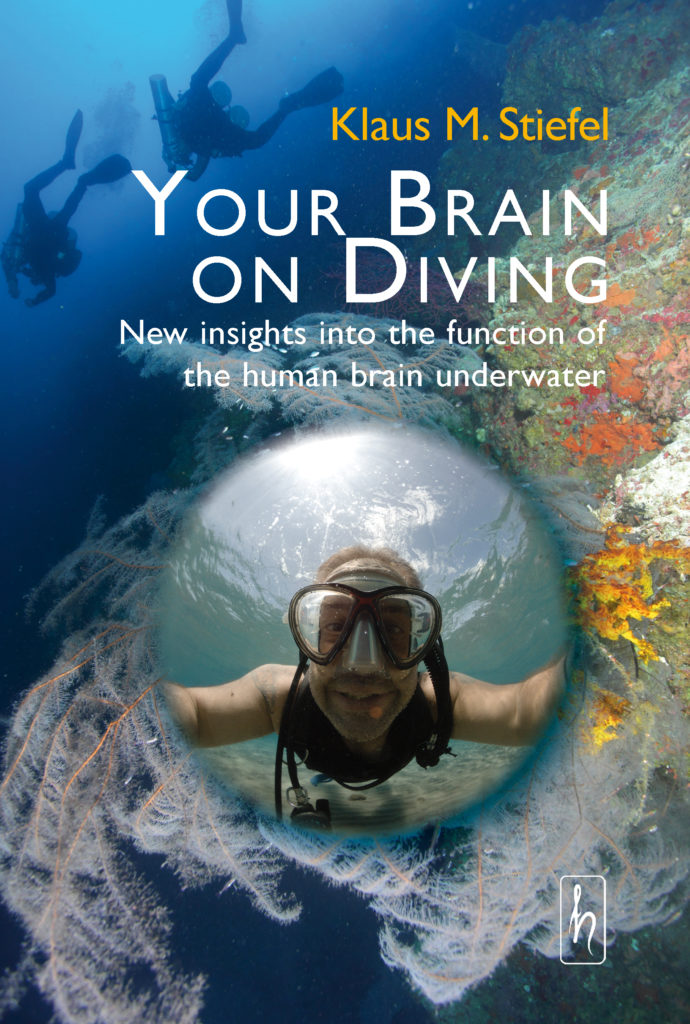Deep Coral Reefs For Tech Divers
This article, and the sister article “Tech Diving for Coral Reef Biologists” aims to bring two communities, tech divers and deep coral reef researchers, together who will profit greatly from mixing each others’ skills and interests.
I am writing this as I am a tech diver (PADI Tech Deep instructor, and trimix/CCR trained diver) as well as a biologist interested in deep reefs. I’m neither the biggest tech diving ace known to Neptune nor the most highly published fish biologist; but I am sufficiently well versed in both to explain to one community what the other is doing. This blog post is based to a good degree on chats I had with fellow tech divers about their questions about the biology of deep reefs.
So, let’s look at a few key concepts which will give you, the tech diver, an idea about the art of deep diving.
Mesophotic Coral Ecosystems (MCEs)
The coral reef biologists call any coral reef a deep reef which is deeper than … 30 meters. Yes, for a tech diver that’s not particularly deep. In fact, you don’t even have to tech dive to make it to 30 m.
Scientists call these deep coral reefs “mesophotic reefs”. Meso = middle; photic = light. This distinguishes them from the sunlight-flooded shallow reefs, and the dark deeper zones of the ocean. The mesophotic zone is still divided into shallow (30 – 40 m), middle, and deep mesophotic zones, the latter reaching down to 150 meters.
At this point let me explain that scientists like fancy words like “mesophotic” because 1. they allow the scientific community to be very precise in determining what they are talking about 2. knowing fancy words makes them feel special (at least that’s the impression I get).
So, mesophotic coral reefs are deeper than 30 m, but sometimes much deeper, and it helps to be able to tech dive to reach these reefs and to observe, photograph, film and sample them. Tech divers, this is your chance to do some science!
Ecological Niches, in the Context of Deep Reefs
What makes these deep reefs so interesting is that a lot of animals are very specifically adapted, through evolution, to live on them, and thrive & survive precisely in the conditions which are prevalent at depth. They are specialists for deep reefs, different in subtle and fascinating ways from the organisms which live in shallower waters.
For example, this excellent paper by Tom Bridge and colleagues argues that fishes in mesophotic reefs have more drawn out fin-tips than their shallow-water cousins. This makes them more difficult to detect via the lateral line organ, the fish sense for detecting water movement. At depth, there is less light, so the lateral line organ is relatively more important, and this drove evolution to modify fins to be less easily detected by the lateral line organ. Fascinating.
The same specific adaptations to depth, with less light and less surge/wave action, are found in corals and in many other organisms. This is one of the main interests of scientists when they research deep reefs/
Mesophotic Refuge Hypothesis
An interesting idea which came up in the scientific discussion of mesophotic coral reefs is if they could act as refuges for shallow-water species. In brief, humans are messing up a lot of the shallower reefs via overfishing, pollution and sea-water warming (via human-made global warming). Could the shallow-water species move into deeper reefs, and survive there? Could the mesophotic reefs turn into save havens for species?
It turns out that this is not likely to happen on a big scale. The reason is that many species are quite specialized (as outlined above) for living at certain depth ranges. Along the same lines, an African elephant couldn’t survive well in Europe just because there is less environmental stress in a European grassland, and it can somehow get there; it’s an animal adapted for the temperature, vegetation ect of its African home.
Mesophotic Dauin
The video below is from Dauin, on Negros Island in the Philippines, where I do most of my diving these days. During a deep dive in Dauin we observed no mesophotic coral reef, but a mesophotic sand (“muck”) ecosystem. Also interesting.
There is still a lot to discover!
I hope my explanations made sense … as tech divers you have the skills to help in the scientific research of deep marine ecosystems. To help, it is a good thing to understand the lingo which the scientists you work with speak.
Your Brain on Diving
I recently published an eBook on the effects which diving has on human brains. If you are interested in diving deep, it should be of interest to you. The book explains insights from the scientific literature on the topic and goes beyond what you’ll hear even in tech diving courses. Here it is:
